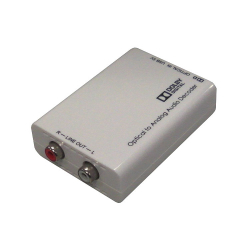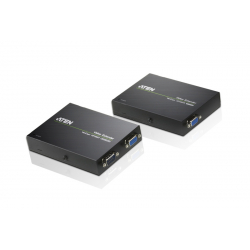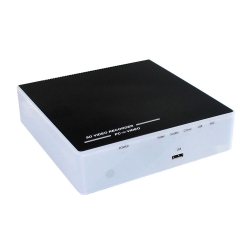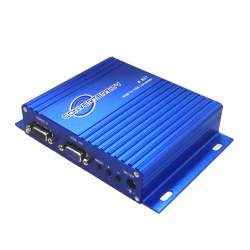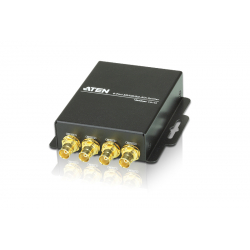A B C D E F G H I J K L M N O P Q R S T U V W X Y Z _
| Antenna | An antenna (or aerial) is a transducer designed to transmit or receive electromagnetic waves. In other words, antennas convert electromagnetic waves into electrical currents and vice versa. They are used with waves in the radio part of the electromagnetic spectrum, that is, radio waves, and are a necessary part of all radio equipment. Antennas are used in systems such as radio and television broadcasting, point-to-point radio communication, wireless LAN, cell phones, radar, and spacecraft communication. Antennas are most commonly employed in air or outer space, but can also be operated under water or even through soil and rock at certain frequencies for short distances. |
| LAN | A local area network (LAN) is a computer network covering a small physical area, like a home, office, or small group of buildings, such as a school, or an airport. The defining characteristics of LANs, in contrast to wide-area networks (WAN)s, include their usually higher data-transfer rates, smaller geographic area, and lack of a need for leased telecommunication lines. |
| WAN | A wide area network (WAN) is a computer network that covers a broad area (i.e., any network whose communications links cross metropolitan, regional, or national boundaries. This is in contrast with personal area networks (PAN)s, local area networks (LAN)s, campus area networks (CAN)s, or metropolitan area networks (MAN)s which are usually limited to a room, building, campus or specific metropolitan area (e.g., a city) respectively. |
| Mbps | Megabyte per second A megabyte per second (MB/s or MBps) is a unit of data transfer rate equal to: * 8,000,000 bits per second, or * 1,000,000 bytes per second, or * 1,000 kilobytes per second, or * 8 megabits per second. |
| VGA | Video Graphics Array (VGA) refers specifically to the display hardware first introduced with the IBM PS/2 line of computers in 1987, through its widespread adoption has also come to mean either an analog computer display standard, the 15-pin D-subminiature VGA connector or the 640×480 resolution itself. |
| Multimedia | Multimedia is media and content that uses a combination of different content forms. The term is used in contrast to media which only uses traditional forms of printed or hand-produced material. Multimedia includes a combination of text, audio, still images, animation, video, and interactivity content forms. Multimedia can be recorded, played, displayed or accessed by information content processing devices, such as computers and electronic devices, but can also be part of a live performance. Multimedia (as an adjective) also describes electronic media devices used to store and experience multimedia content. |
| WXGA | Wide XGA (WXGA) is a set of non standard resolutions derived from the XGA display standard by widening it to a wide screen aspect ratio. WXGA is commonly used for low-end LCD TVs and LCD computer monitors for widescreen presentation. WXGA is generally understood to refer to a resolution of 1366×768, with an aspect ratio of 16:9 hhen referring to televisions and other monitors intended for consumer entertainment use. WXGA is most commonly used to refer to a resolution of 1280×800 pixels with an aspect ratio of 16:10 when referring to laptop displays or monitors intended primarily as computer displays. |
| SXGA | SXGA is an acronym for Super eXtended Graphics Array referring to a standard monitor resolution of 1280x1024 pixels. This display resolution is the "next step" above the XGA resolution. The 1280×1024 resolution is not the standard 4:3 aspect ratio, but 5:4. |
| UXGA | UXGA is an abbreviation for Ultra eXtended Graphics Array referring to a standard monitor resolution of 1600x1200 pixels, which is exactly quadruple the default resolution of SVGA (800x600). Dell Computer refers to the same resolution of 1,920,000 pixels as UGA. It is generally considered to be the next step above SXGA (1280x960 or 1280x1024) |

